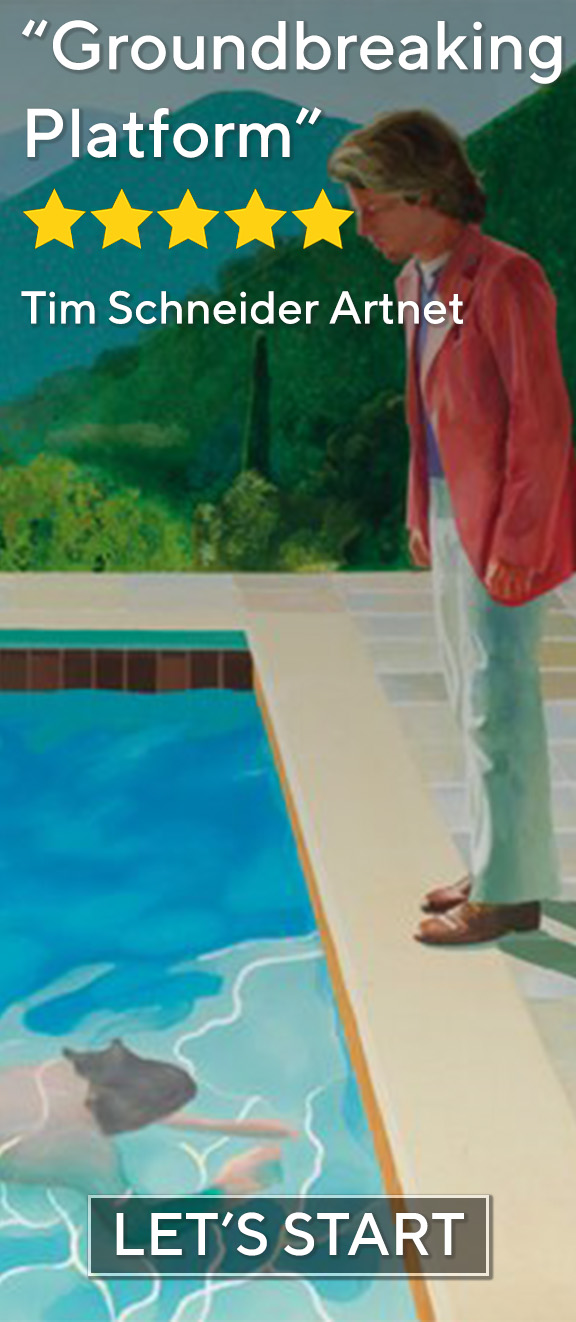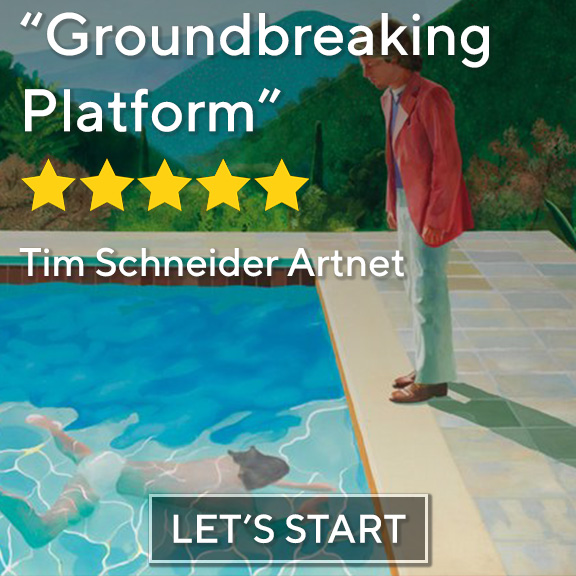

Loading...


My photographs are “not abstract." Ultimately they are always identifiable. Photography in general simply cannot disengage from the object. —Andreas Gursky
In the wake of Andreas Gursky’s current survey exhibition “nicht abstract” at Kunstsammlung Nordrhein-Westfalen in Germany, Gagosian is pleased to present “Not Abstract II,” an exhibition of recent photographs by the renowned German artist, a... more >>
My photographs are “not abstract." Ultimately they are always identifiable. Photography in general simply cannot disengage from the object. —Andreas Gursky
In the wake of Andreas Gursky’s current survey exhibition “nicht abstract” at Kunstsammlung Nordrhein-Westfalen in Germany, Gagosian is pleased to present “Not Abstract II,” an exhibition of recent photographs by the renowned German artist, accompanied by an electronic sound installation created by Canadian DJ and producer Richie Hawtin.
From images of nature to cities, crowds, and products, Gursky seems to create what already exists. In his photographs variations in distance serve to emphasize contemporary truths, whereby subject matter is presented in a detailed uniformity that privileges neither foreground nor background. In Les Meés (2016), solar panels, rolling hills, and a gray-blue sky become bold areas of color, as opposed to elements in a landscape. Hawtin’s minimalist techno soundscape, composed in response to Gursky’s art, ‘breathes’ with the photographs, inspiring longer pauses that allow each image to expand beyond its frame.
In several untitled works never before exhibited in the United States, Gursky takes this effect a step further; aerial views of tulip fields tip the landscape up and create homogeny from variety; the colors blend together to form horizontal bands, like sheet music filled in with impressionist hues. That these works are deliberately untitled emphasizes his longstanding interest in recasting, time and again throughout his artistic career, the formal questions activated in postwar American abstraction. However, according to him, these photographs are not abstract, because abstraction is unrecognizable. From afar they appear as ambiguous geometries and gradients, but a step closer and a refocusing of the eye reveals their content. Once the tulips are recognized as such, there is no returning to abstraction. Thus Gursky offers up the threshold of abstraction, just in time to make it disappear.
The tulip fields find their consumerist equivalent in Mediamarkt (2016) and Amazon (2016). The irons, coffee-makers, and vacuum cleaners of Mediamarkt, and the seemingly infinite rows of packages in Amazon, become mosaic depictions of spaces that seem too big to comprehend. Gursky is able to foster this sense of the quotidian sublime in both scale and content in meditations on the Romantic genre deftly attuned to contemporary times. His Superheroes series of 2014 pairs grandiose settings with popular American superheroes whose distinctive poses are dwarfed by the sweep and rise of seascapes and skyscrapers. In Rueckblick (2015), four German Chancellors—Gerhard Schröder, Helmut Schmidt, Angela Merkel, and Helmut Kohl—sit in black leather chairs with their backs to the viewer, similarly reduced by the large fields of color that constitute Barnett Newman’s Vir Heroicus Sublimis (1950–51), a highlight of New York’s Museum of Modern Art.
Both Gursky and Hawtin use digital technology—in image and sound respectively—to recombine the materials of everyday existence. Their collaboration brings all of the senses together, positioning politics, capitalism, and geography within a hypnotic realm that oscillates between abstraction and reality.
Andreas Gursky was born in 1955 in Leipzig, former East Germany, and lives and works in Düsseldorf, Germany. His work is featured in institutional collections including The Metropolitan Museum of Art, New York; Solomon R. Guggenheim Museum, New York; Tate Modern, London; National Galleries of Art, Edinburgh; National Gallery of Art, Washington, D.C.; Kunsthaus Zürich; San Francisco Museum of Modern Art; Kunstmuseum Basel; Kunstmuseum Bonn; Los Angeles County Museum of Art (LACMA); Museum Ludwig, Cologne; and Kunstsammlung Nordrhein-Westfalen, Düsseldorf.







